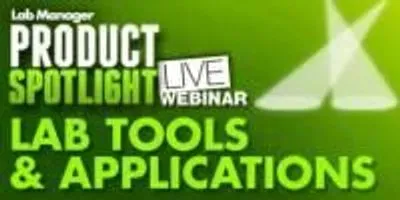Live Air Date: Wednesday, September 10, 2014
Antibody-Drug Conjugates (ADCs) present new challenges for biophysical characterization during R&D. A suite of analytical tools based on light scattering addresses many of these challenges, from determination of essential properties such as molar mass and drug-antibody ratio (DAR) to propensity for aggregation and identification of degradants. We present the Light Scattering Toolbox, based on multi-angle static light scattering (MALS) and dynamic light scattering (DLS) plus additional techniques, and discuss examples of its use in the service of ADC development.
As an attendee, you will learn more about:
- Which biophysical properties of ADCs are measured by different light scattering techniques, and the range of measurements
- How ADC formulations are rapidly screened for stability by high-throughput DLS
- How DAR is analyzed by triple-detection SEC-MALS
- How soluble and insoluble sub-micron aggregates are characterized by FFF-MALS
Speaker
Chris Broomell carries out biophysical analyses and provides application support to users of Wyatt light scattering instrumentation and software. He received a B.S. in Biology from Baylor University, a M.S. in Immunology from The University of Texas Southwestern Medical Center and a Ph.D. in Biochemistry from the University of California, Santa Barbara. His Ph.D. research focused on the biochemical/materials characterization of protein-based biological materials. Dr. Broomell completed two years of postdoctoral research in the Center for Bio-Inspired Nanomaterials at Montana State University where he worked on the development of novel materials and therapeutics based on virus-like particle platforms. Prior to joining Wyatt Technology in 2012 he conducted additional postdoctoral research at the University of California, Santa Barbara characterizing structure/property relationships in adhesive structures of marine bivalves.
Sponsor










